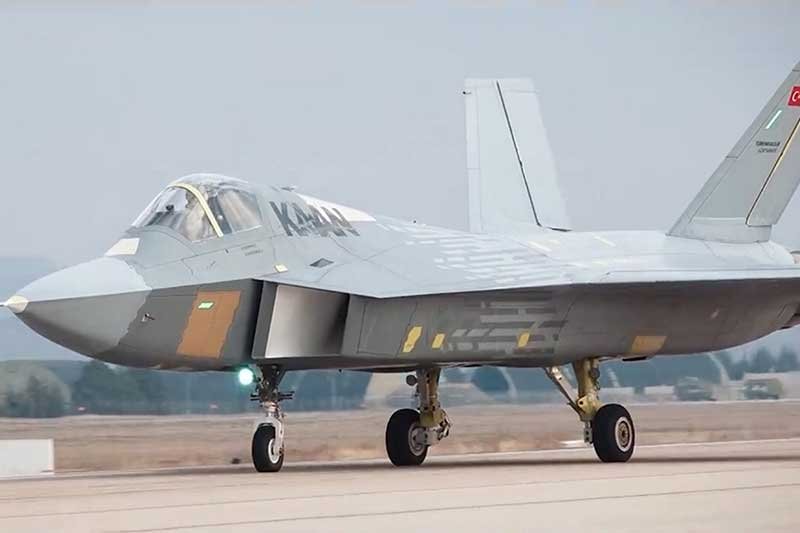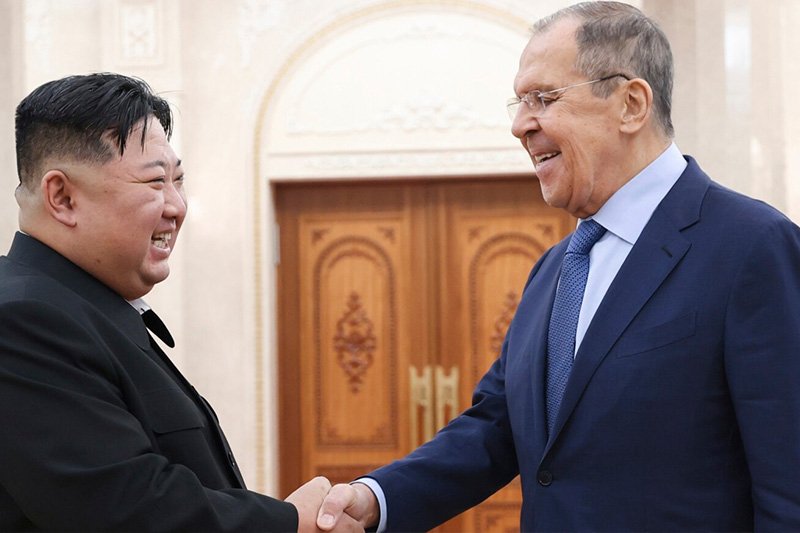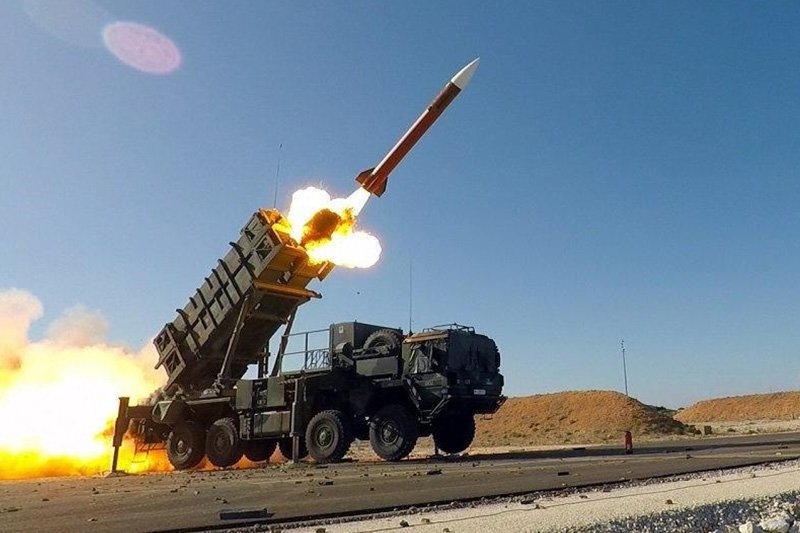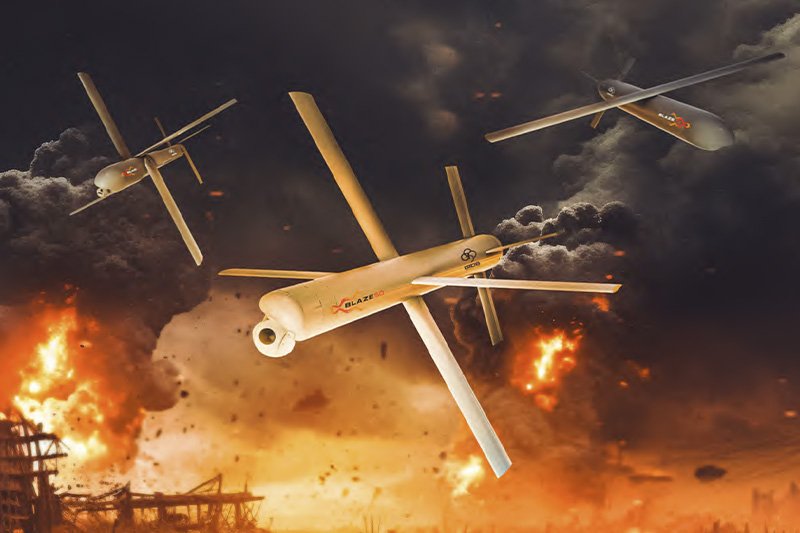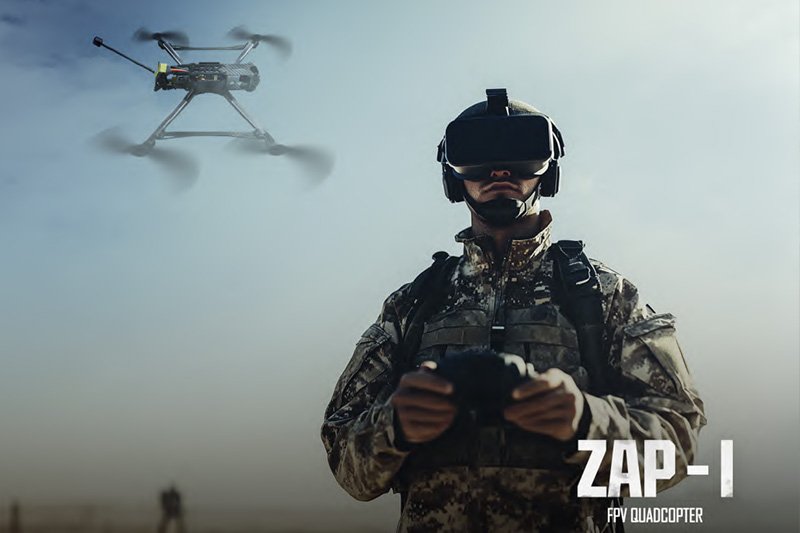US Military bought Russian made MiG-29 Fulcrum Fighters
The MiG-29 Fulcrum a fourth-generation Soviet fighter aircraft, has long been renowned for its agility and versatile weaponry. Designed in the 1970s as a response to American fighters like the F-15 Eagle and F-16 Fighting Falcon, the MiG-29 entered service with the Soviet Air Force in 1982.
This twin-engine fighter boasts impressive specs, including a maximum speed of Mach 2.25 and a service ceiling of 18,000 meters, powered by two Klimov RD-33 turbofan engines each producing 8,300 kgf of thrust.
The MiG-29’s operational versatility is evident in its advanced pulse-doppler radar and ability to carry various air-to-air and air-to-surface missiles, unguided rockets, and bombs. Notably, it’s also capable of carrying nuclear weapons. The Fulcrum has seen action in numerous conflicts, including the Gulf War, the War in Afghanistan, and the ongoing Ukraine War.
Also read this: Russian Military Upgrades Chinese ATV for Air Defense Operations
In the 1990s, the United States made a pivotal decision to purchase 21 MiG-29 fighters from Moldova, a newly independent country following the Soviet Union’s collapse. This $25 million per unit acquisition served multiple strategic purposes.
The purchase also served as a preventive measure against potential threats. There were concerns that countries like Iran might acquire these advanced fighters, potentially shifting regional power balances.
By securing these aircraft, the U.S. not only denied adversaries access to cutting-edge Soviet technology but also gained a valuable tool for understanding and countering potential threats.
The acquisition of the MiG-29s allowed the U.S. military to conduct thorough evaluations, uncovering the strengths and weaknesses of Soviet-designed fighters. This knowledge was swiftly incorporated into force planning and dogfighting strategies, providing American pilots with a significant advantage in potential conflicts against MiG-29 equipped adversaries.
While these specific MiG-29s are no longer used for training and are now displayed in museums across the United States, their impact on U.S. military strategy continues. The insights gained from studying these aircraft have influenced American aircraft design and combat tactics, contributing to the ongoing technological edge of the U.S. Air Force.
Keep connected with us at Facebook, Twitter, YouTube, Instagram & TikTok for latest defense happening around the globe.




